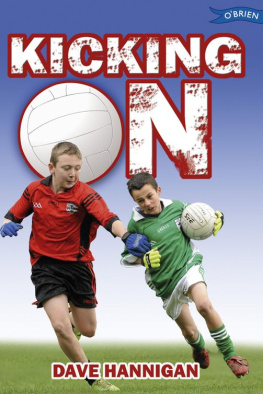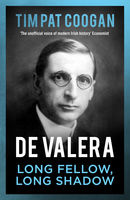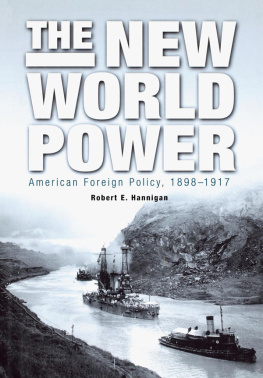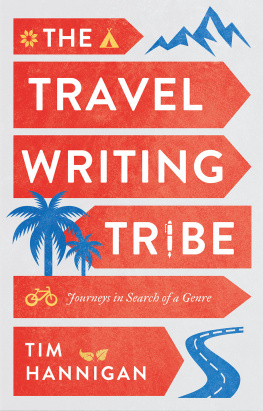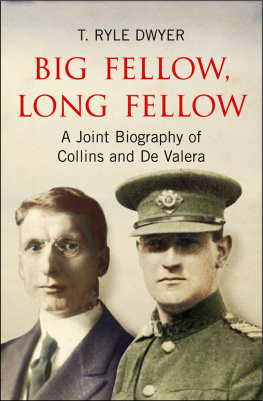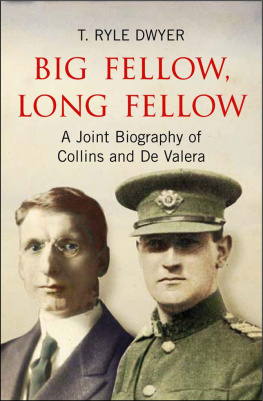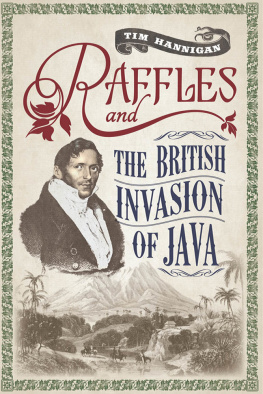For my sons, Abe and Charlie
While time-wasting online a couple of years back, I came across a sepia-tinted photograph of Fenway Park packed to the rafters with people whod come from all over New England to hear Eamon de Valera speak in the summer of 1919. Upon further investigation of the circumstances surrounding the shot, I figured there might be a book in this underexposed chapter of his career.
For sharing in that belief, Id like to thank my publisher Michael OBrien. He enthusiastically supported this project from the start, and made helpful phone calls about deadlines that did wonders for my work ethic. Elsewhere at OBrien Press, a huge debt is owed to Sne Quinn, whose immense contribution to the finished manuscript went far beyond her forensic and patient editing job. Thanks also to Emma Byrne, whose exceptional work on the design of this book is evident in your hands right now.
Professor Clare Frost, of Stony Brook University, and Dr Gary Murphy, of Dublin City University, improved early drafts with their keen eyes for detail, literary and historic. I thank them both for being so generous with their time and kind with their criticisms.
While the readers of the Irish Echo in New York deserve special mention for furnishing me with all sorts of useful information and paraphernalia, it would require several more pages to list all the people who assisted, in some form or other, at different stages. Since pressure of space and fear of omitting anybody prevent me from doing that, I would just like to say a heartfelt thank you here to everybody who poked out an ancient book, a photograph, a bond certificate or a musty article. To my circle of friends in particular, I will be repaying your favours for years to come.
I was fortunate enough to grow up in a house that wasnt afflicted by the Civil War politics that ruled many other Irish families, so I came to de Valera with some measure of objectivity. For this and for a whole lot more, Id like to thank my mother and father, Theresa and Denis. They are extraordinary parents and heroic people to whom I owe a debt I can never possibly repay.
I would also like to express my gratitude to my brother, Tom, sisters, Denise and Anne, niece, Kadie, Auntie Christine, and parents-in-law, George and Clare Frost.
My wife Cathy is an amazing woman, without whose love, patience and understanding, none of this would be much fun. It has also been my privilege to witness the courage with which she approaches far greater challenges than pressing book deadlines on a daily basis. Her strength in the face of adversity remains both humbling and inspirational.
I also want to thank my sons, Abe and Charlie, for still smiling at me so beatifically , even on those days when I turned into the troll in the basement office. You two are my everything.
CONTENTS
O n the morning of 9 April 1885 a man named Ned Coll took his two-and a half-year-old nephew, Edward, by the hand and strode through the gates at Pier 36, on New Yorks North River. An Inman Line Royal Mail Steamer, the SS City of Chicago, stood before them. With four enormous masts for sail, two fat funnels, and an itinerary calling for a stop at Queenstown on the way to the final destination of Liverpool, it stretched over 430 feet in length along the dock, dwarfing the little boy with the tousled hair and the healthy plumpness to his cheeks.
The childs father was dead, his mother, Catherine, could no longer afford to raise him as a working single parent in Manhattan , and so it fell to a kindly uncle to ferry him from the city of his birth across the Atlantic Ocean to Bruree, County Limerick, the town from where his mother had emigrated in search of a better life. The young boy would remember nothing of the short chapter of his life spent in an apartment on East 41st Street except the leaving of it. He leaned over the wooden rails and stared wide-eyed at the broad expanse of green water the Chicago left in its wake.
Thirty-four years would pass before he would see his native New York again. By then, little Edward would be better-known around the world by the name of Eamon de Valera.
Would one not say that was a very foolish mission, indeed, a very hopeless mission from the start, to go over to the United States and to ask the Government of the United States to recognise a Government that was set up here as the result of the votes of the majority of the Irish people, by a majority of the representatives of the Irish people; to recognise the Republic which was declared here by the Irish people; that it was foolish to expect that; that, so long as Britain did not recognise it, America was not going to do such a foolish thing as to offend Britain by giving such recognition? Yes, indeed, it would have been, in ordinary circumstances, a rather hopeless mission. What inspired it? Why was it undertaken at all? Well, those of us who lived through the last war and knew what wassaid during the last war understand it
Eamon de Valera, Dil ireann, 16 November 1943
N ine days out of Liverpool, the 17,540 tonnes SSLapland finally began to exit the Atlantic Ocean for the calmer, more inviting waters of New York Bay. Making its way through The Narrows and up the Hudson River, hundreds of passengers percolated to the top deck, to catch a better glimpse of the Statue of Liberty coming into view on the port side of the boat. It was a symbol of freedom, a sign the journey was nearing its end. There was cheering then. There always was once the lady of the harbour beckoned.
Manhattan lay off to their right, already steaming in the early morning of 11 June 1919, a shimmering monument to progress in the still-young century. The Singer Building, the Met Life Tower, and, larger than anything theyd ever seen before, the Woolworth, all fifty-five neo-Gothic stories of it, rising to meet them. The worlds tallest building reaching farther into the blue summer sky than any edifice ever, a metaphor for the philosophy of an entire country.
From the soldiers returning from Europe to resume lives interrupted, to the immigrants dreaming their lives anew, the reactions were similar as the skyline took their breath away. Awe. Excitement. Joy. Relief. Their destination was at hand.
Far below the whooping and the hollering, Eamon de Valera remained hidden in the lamplighters cabin. This dark, dank room had been his quarters since Barney Downes and Dick ONeill, a pair of trusted Michael Collinss lieutenants, had smuggled him aboard back in Liverpool. Rats had gnawed through his spare clothes, brandy had helped him gain his sea legs, and Frisco Kennedy, the San Francisco-born lamp-trimmer with whom he shared the tiny space, believed the tall, gaunt stowaway was on the run for murdering two policemen. He wasnt on the run for murder. His life was way more complicated than that.
Since being famously spared execution for his part in the 1916 Easter Rising for decades it was incorrectly assumed his American birth saved his life hed been imprisoned twice by the British and embarked on a political career. In the December 1918 British and Irish General Election where Sinn Fin (the party of which he was now president) ran on a promise not to sit in Westminster but to instead establish an Irish parliament in Dublin, he was returned in absentia for the constituencies of East Clare and East Mayo. Unable to make the sitting of the first Dil, at the Mansion House on 21 January 1919, because he was still languishing in Lincoln Jail, de Valera escaped on 3 February, following a convoluted operation involving the classic clich of cakes filled with files and keys, and returned to Ireland.






